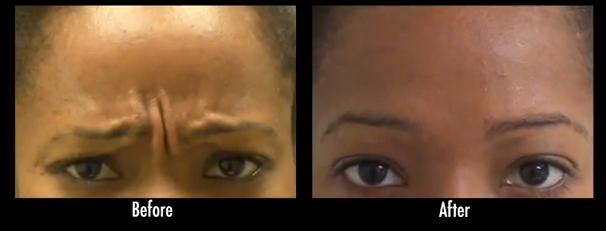It wouldn’t be completely off to say that Dysport is the new Botox. While the two drugs function in largely the same way, there are some differences, and many people prefer one over the other. Dysport is a purified form of botulinum toxin A, made into an injectable serum which serves several medical purposes, one of them being cosmetic.
Cosmetic Use of Dysport
Cosmetic application of Dysport was approved by the FDA in April 2009, seven years after Botox. It is commonly used for the treatment of fine lines and wrinkles on the face, namely, the:
- Eyes, for crow’s feet
- Forehead wrinkles
- Between the eyebrows for frown lines
Dysport is considered a minimally invasive, non-surgical age-defying treatment. It has become widely used for the listed purposes, as it is generally safe and effective with minimal side effects. Risks and side effects include headache, nausea, dry mouth, flu-like symptoms, and tenderness at the injection site. Rash, hives, itching, difficulty breathing, and any swelling are usually signs of an allergic reaction and require immediate medical attention. And lastly, though it is extremely rare, Dysport can also cause botulism, a potentially fatal illness.
How Dysport Works
Acute, underlying muscular function is what causes lines and wrinkles to form in the skin. Dysport addresses the root of the issue. It is derived from the bacteria clostridium botulinum and then purified into the pharmeceutical, abotulinumtoxin A. Once administered, Dysport stops nerve cells from secreting acetylcholine at the injection site. This, in turn, temporarily paralyzes those muscles. Without active muscle contractions, the surface skin remains smooth and wrinkle-free.

